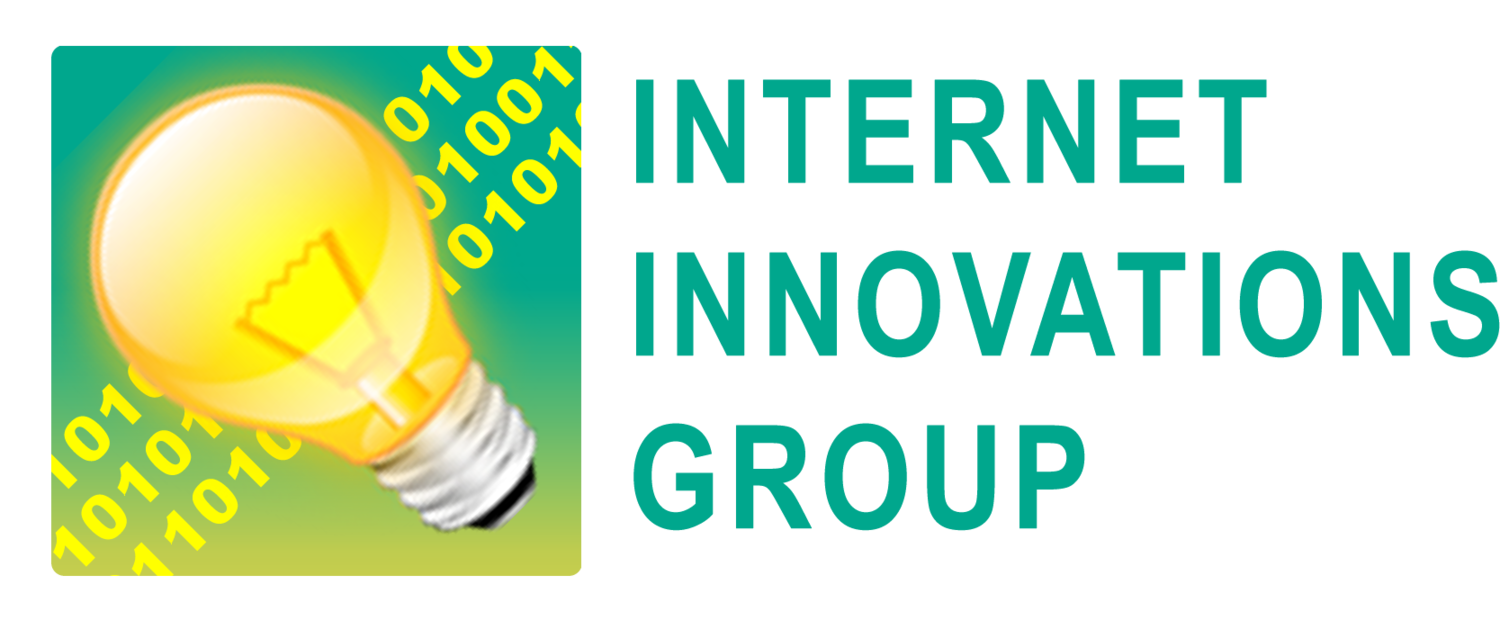Inevitably external hard drives will fail. So as an IT professional this is where I provide a reminder: always make sure you have a good onsite and offsite backup plan. That being said, when a hard drive is triggering errors on your Windows computer; the predominant course of action is to run the CHKDSK utility.
“Always make sure you have a good onsite and offsite backup plan”
The CHKDSK utility can be accessed within Windows via Properties, or via Command prompt. Either way, if you select the Repair option, it will prompt you to reboot. If you are repairing a System disk, then by all means you should reboot. However for secondary disks, and especially external USB drives, you can dismount them in order not to have to reboot the computer. The dismount option is not available via the hard drive properties; it must be done via the DOS Command prompt. For a complete list of CHKDSK parameters, click here.
“HINT: The CHKDSK repair process can take a very long time, in some cases days depending on the size of the drive and other performance factors, so perform this over a weekend if possible.”
For our purposes, the combination of parameters we want to use are:
chkdsk f: /X /r
(Obviously replace d: with the drive letter of your choice).
Chkdsk will then force an unmount of your external drive and conduct the repair options while within Windows without the need to reboot. Once finished you do need to remount the drive again.
Hard Drive Properties Method
DOS Command Method
We hope our insight has been helpful. This is just one of many common IT issues we handle on a daily basis as part of our Network, Server, and Desktop support; or it may be insight resulting from our Website, Mobile App, or Database development projects.
If you would like to take advantage of our insight for your daily IT Support and IT Projects, please feel free to contact us.






